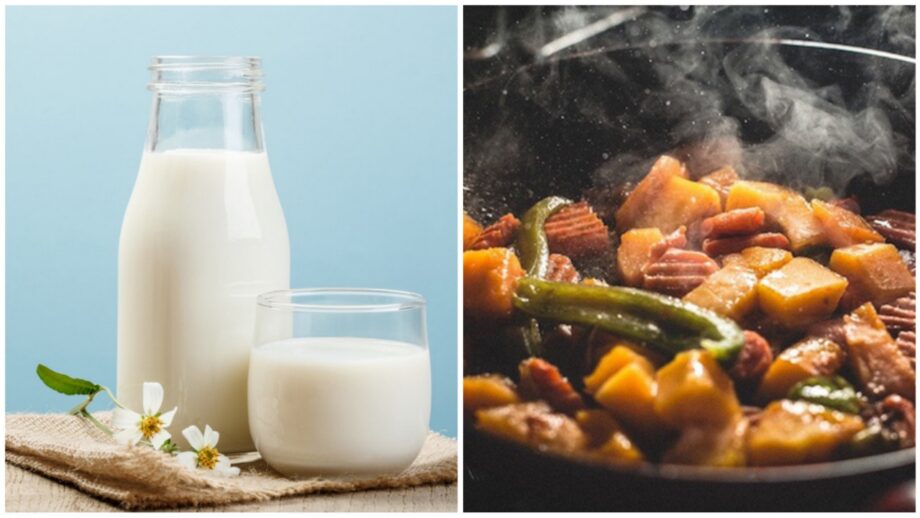Health disorders including diabetes, cardiac arrests, strokes, and cardiovascular diseases are on the rise. You can blame stress, poor eating habits, irregular sleep patterns, or the fast-paced metropolitan lifestyle. Without a doubt, the majority of lifestyle problems have therapies and drugs available thanks to advances in medical research. Is there, however, a holistic approach to preventing these illnesses and lifestyle disorders? The answer is close at hand; in fact, rural India’s purportedly lax way of life might serve as an inspiration for a healthy way of life even today. Here are 5 practical eating practices from rural living that might help prevent lifestyle problems.
1. Simple and chemical-free food
Similar to the simple way of living, the food prepared in rural regions is equally basic and has no additions, preservatives, or chemicals.
2. Eating freshly cooked meals
People in rural regions consume prepared dishes immediately or within a few hours due to a lack of storage facilities. This enables them to retain food’s nutrients as effectively as possible.
3.Meals
People in rural regions eat three freshly prepared meals each day, and skipping meals in order to lose weight or maintain good health is still uncommon. If you want to lose weight, eating three meals a day can really be very effective since eating at regular intervals promotes better digestion and increases metabolism.
4. Use of fresh ingredients
Using freshly ground spices is the greatest approach to creating flavorful meals in the majority of rural families. The majority of spices are ground with a mortar and pestle, which preserves their natural oils, flavor, and therapeutic benefits.
5. Drinking milk
Your body can get a lot of iron and protein from both fish and chicken. Because low iron levels are frequently observed throughout the menstrual cycle, you can benefit from consuming any of these foods. Fish’s omega-3 fatty acids also lessen menstrual pain.

